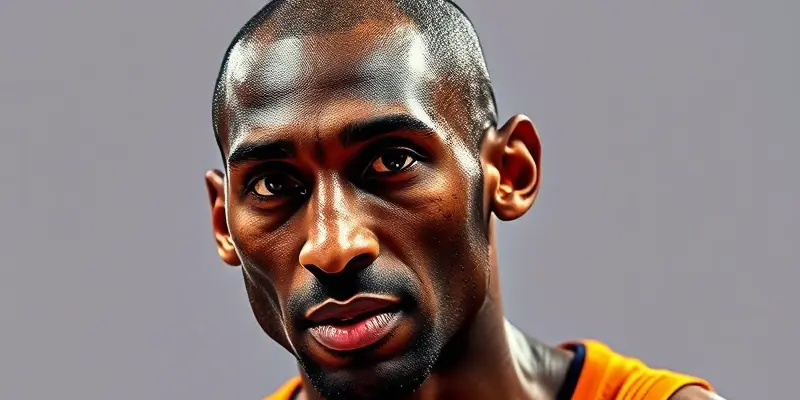Introduction
Kobe Bryant was more than just a basketball legend—he was the embodiment of resilience. His story speaks directly to anyone striving for their best in fitness, sport, or health. Whether you’re a weekend warrior, a rising athlete, or just passionate about wellness, there’s a wealth of wisdom in Kobe’s approach to recovery and injury management.
What can we learn from the “Black Mamba” when setbacks threaten our training or goals? Let’s break down the mindset, science, and practical strategies behind his athletic longevity.
Kobe’s Injury Journey: More Than Just Pain Tolerance
Bryant’s career might seem like a highlight reel, but it was often a test of endurance. He missed over 100 games due to injury—everything from wrist fractures and torn ligaments to chronic knee pain. Yet, time and again, Kobe chose to adapt rather than surrender.
The Mindset Behind Playing Through Pain
Kobe’s defining moments often came with injury. Who can forget the 2000 NBA Finals, where he returned from an ankle sprain to carry the Lakers in overtime? His secret wasn’t just pain tolerance—it was stubborn competitiveness, fierce focus, and a willingness to adapt his game rather than pause his ambition.
For athletes and fitness enthusiasts, this reveals a core lesson: resilience isn’t simply “pushing through.” It’s about problem-solving, mental toughness, and strategic recovery.
Key Recovery & Adaptation Strategies
Bryant didn’t just grit his teeth—he modernized his approach and worked with medical experts to prolong his career.
Innovative Treatments
From pregame wrist injections that let him play with torn ligaments to experimental knee treatment in Germany, Kobe embraced cutting-edge solutions. His openness to new therapies—always paired with professional guidance—reminds us that recovery evolves, and that you should consult trusted experts when managing injuries.
Psychological Resilience
Kobe’s “Mamba Mentality” was as much about mindset as it was muscle. He acknowledged pain but refused to let it define him, compartmentalizing discomfort to keep his focus on performance. For anyone facing injury, developing mental skills—like visualization for healing and positive self-talk—can accelerate both recovery and return to form.
Smart Adaptations
When Kobe broke his finger, he didn’t just take time off; he altered his shooting technique and wrapped his hand for extra support. This adaptability is vital for anyone training around injuries. Modifying exercises, using aids like braces, or focusing on unaffected areas keeps you moving forward without risking further harm.
Long-Term Performance and Injury Management
Bryant’s strategy wasn’t just about the next game; it was about the next decade.
Balancing Longevity and Intensity
Despite relentless competition, Kobe knew when to dial down. He skipped practices to save cartilage in his knee and targeted key moments for maximum effort—especially during playoffs. The takeaway? Listen to your body and respect recovery as much as training.
Being Smart About Rest and Play
Kobe’s balance offers a powerful lesson: prioritize rest as a training tool, not a sign of weakness. Track your soreness, sleep, and performance trends. Missing a week now is better than months of rehab later.
What Can Fitness Enthusiasts Learn?
So, how do these principles translate for the rest of us?
Actionable Advice:
- Don’t ignore injury: Early pain is a warning, not an invitation to “tough it out.”
- Adapt your routine: Modify exercises, use supports, and focus on what you can do safely.
- Prioritize nutrition and sleep: These are vital for healing. Treat recovery like a workout.
- Invest in mental skills: Mindfulness, visualization, and self-talk can speed up recovery and build confidence.
- Consult professionals: Physical therapists, doctors, and certified trainers are invaluable resources.
- Embrace recovery as progress: Like Kobe, see adaptation as a sign of strength, not defeat.
Conclusion
Bryant’s story isn’t just about playing through pain—it’s about playing smarter, longer, and with heart. Whether you’re training for your next 5k, hitting the gym after an injury, or aspiring to greatness on the court, remember: resilience is built through adaptation, intentional rest, and unwavering commitment.
Kobe’s legacy is a reminder to honor both body and mind on your journey. Embrace setbacks as stepping stones, and make recovery a pillar of your fitness success.

